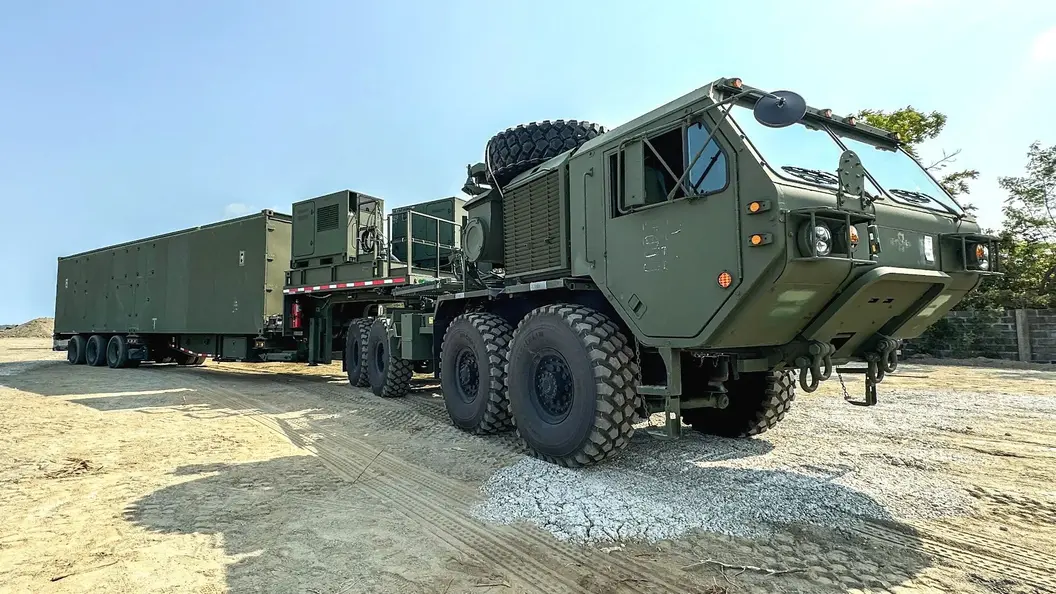Delhi’s air quality continued its downward spiral on Sunday, with the Air Quality Index (AQI) reaching an average of 349, marking a “very poor” level. In certain areas, including Anand Vihar, Jahangirpuri, and Nehru Marg, AQI levels surpassed 400, drifting into the “severe” category, where air quality is dangerous for all residents. The IGI Airport area, while recording the lowest AQI in the city, still reported a concerning level of 320.
#WATCH | Delhi | AQI around ITO and surrounding areas recorded 361, categorised as ‘Very Poor’ according to the Central Pollution Control Board (CPCB). pic.twitter.com/6lnHwxWNtA
— ANI (@ANI) October 27, 2024
Area-Wise AQI in Delhi:
– Anand Vihar: 405
– Ashok Vihar: 384
– Bawana: 392
– Chandni Chowk: 314
– Dwarka: 335
– IGI Airport: 320
– ITO: 357
– Jahangirpuri: 404
– Mandir Marg: 350
– Mundka: 356
– Narela: 353
– Nehru Marg: 400
– Okhla: 344
– Rohini: 380
Air quality level in Delhi categorised as “very poor” by Central Pollution Control Board (#CPCB).
National capital’s Air Quality Index (#AQI) stands at 349 today.pic.twitter.com/dp1fWwYoEw
— All India Radio News (@airnewsalerts) October 27, 2024
Understanding the AQI Scale
The AQI scale classifies air quality based on health impact: “good” (0-50), “satisfactory” (51-100), “moderate” (101-200), “poor” (201-300), “very poor” (301-400), and “severe” (401-500). With much of Delhi exceeding 300, residents face heightened health risks, particularly as the winter season approaches. Seasonal factors like low wind speeds, colder temperatures, and high moisture levels exacerbate pollution, creating ideal conditions for pollutants to linger in the atmosphere.
GRAP-II Restrictions Enforced
To address this worsening situation, Delhi-NCR has activated the second phase of the Graded Response Action Plan (GRAP). Starting October 21, GRAP-II restrictions are now in place after several areas in the National Capital Region exceeded AQI levels of 300. GRAP is designed to mitigate air pollution with escalating restrictions based on pollution levels, with GRAP-II aimed at curtailing sources of pollution by limiting construction activities, controlling vehicle emissions, and encouraging public transport use.
As Delhi braces for the winter pollution surge, authorities continue to monitor and implement measures to improve air quality, urging residents to limit outdoor activities and follow safety advisories.


















